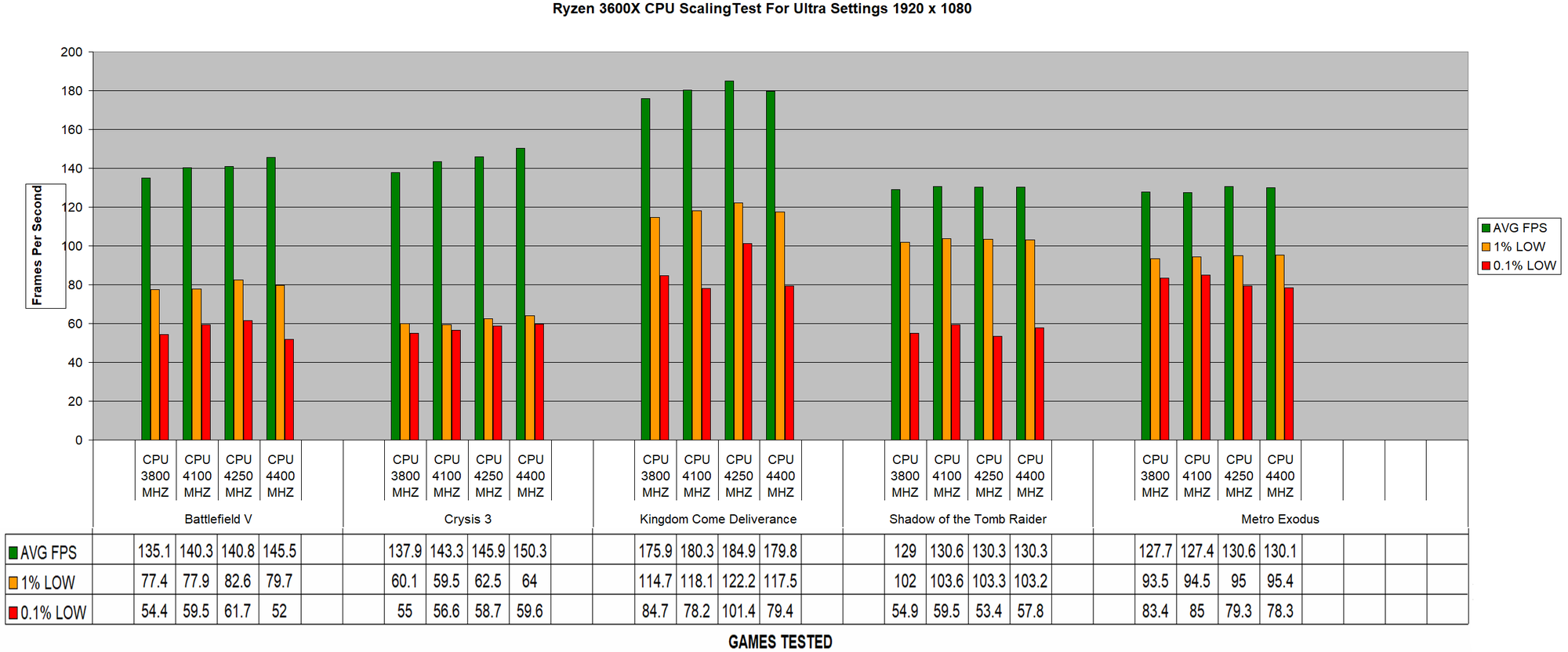Darth Ender
Gawd
- Joined
- Oct 11, 2018
- Messages
- 543
55C under full load is ...no. Not happening unless your idea of room temp is 40 degrees F.
the vast majority here are running water cooled setups be them aio's or 400 dollar custom loops. All temps are relatively the same. with full load precision boost temps in the 70C range at best where the load is pegged with various micro-benchmarks designed to keep the cpu's busy.
edit: 55C is what you commonly see for single core load tests. Not full 24 thread/core load.
the vast majority here are running water cooled setups be them aio's or 400 dollar custom loops. All temps are relatively the same. with full load precision boost temps in the 70C range at best where the load is pegged with various micro-benchmarks designed to keep the cpu's busy.
edit: 55C is what you commonly see for single core load tests. Not full 24 thread/core load.
Last edited:
![[H]ard|Forum](/styles/hardforum/xenforo/logo_dark.png)

